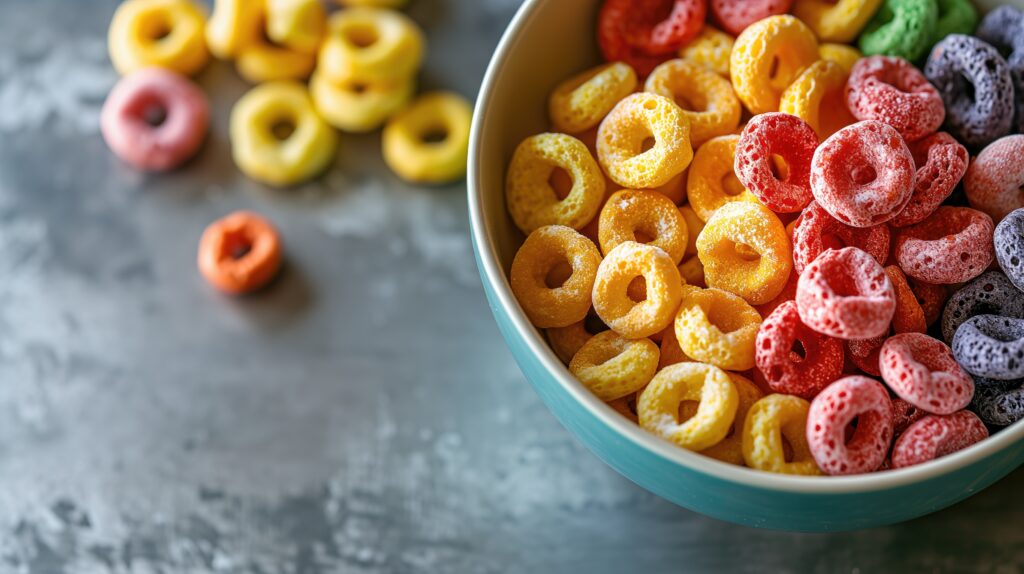At Mercola.com, Dr. Joseph Mercola explains that 92% of oat-based foods like cereal were found to contain the pesticide chlormequat chloride. Mercola also discusses studies that have flagged chlormequat’s toxic effects. He writes:
In a pilot study1,2,3 conducted by the Environmental Working Group and published in the February 15, 2024, issue of the Journal of Exposure Science & Environmental Epidemiology, findings revealed that 80% of Americans tested positive for chlormequat chloride, an agricultural chemical used as a pesticide and plant growth regulator.4
Moreover, the chemical was detected in 92% of oat-based foods examined, including popular brands such as Quaker Oats and Cheerios. As reported by the EWG:5
“The groundbreaking analysis of chlormequat in the bodies of people in the U.S. rings alarm bells, because the chemical is linked to reproductive and developmental problems in animal studies, suggesting the potential for similar harm to humans.”
EPA Considers Expanding Chlormequat Use in Crops
In the U.S., chlormequat chloride is currently only registered for use as a plant growth regulator (PGR) in ornamentals, but the Environmental Protection Agency recently proposed to expand the registration to barley, oat, triticale (a hybrid cereal grain derived from the crossbreeding of wheat and rye) and wheat as well, to give farmers another tool to increase yields.6 As explained by the EPA, chlormequat:7
“… works to control plant size by blocking the hormones that stimulate growth prior to bloom. In small grains like wheat, barley, oats, and triticale, lodging (the bending over or breakage of small grain stems) is a major production issue.
Lodging can severely limit grain yield and harvestability and have detrimental effects on grain quality. As a PGR, chlormequat chloride application decreases the height of the grain plant stem, resulting in reduced lodging and potentially increased grain yield.”
Doing so could come at a cost to consumers’ health, however. While the EPA claims “There are no dietary, residential, or aggregate … risks of concern,”8 the EWG9 cites evidence showing otherwise.
Chlormequat’s Toxic Effects Evident in Animal Studies
According to the EWG, historical and recently published animal studies have demonstrated:10
Reproductive declines in pigs raised on chlormequat-treated grains; female pigs had disrupted estrus cycling and difficulty mating Decreased fertilization capacity of sperm in male mice Reduced sperm motility in male rats Delayed onset of puberty, decreased weights of male reproductive organs and decreased testosterone levels in male rats Dysregulated fetal growth of the head and bones Dysregulated metabolism Chlormequat has also been shown to affect the endocrine systems of animals, although the exact mechanism is still unclear. Previous studies suggest chlormequat does not act like most other endocrine disrupting chemicals. For example, it does not use estrogen or androgen receptors and does not alter aromatase activity.
Instead, researchers have suggested it may affect the endocrine system by altering steroid biosynthesis and causing endoplasmic reticulum stress.11 As noted by EWG,12 “Although these studies focus only on the chemical’s potential effects on animals, they raise questions about whether it could also harm humans.”
Chlormequat Exposure Is on the Rise
As current testing indicates, individuals are already encountering chlormequat through food, primarily in imported grains. The EPA’s decision to authorize the importation of grains treated with chlormequat in 201813 has contributed to this exposure.
Expanding its application as a plant growth regulator in the U.S. to encompass staple grains would evidently heighten exposure levels, potentially leading to significant adverse effects. As reported in the featured study:14
“Chlormequat chloride is a plant growth regulator whose use on grain crops is on the rise in North America. Toxicological studies suggest that exposure to chlormequat can reduce fertility and harm the developing fetus at doses lower than those used by regulatory agencies to set allowable daily intake levels.
Here we report the presence of chlormequat in urine samples collected from people in the U.S., with detection frequencies of 69%, 74%, and 90% for samples collected in 2017, 2018–2022, and 2023, respectively.
Chlormequat was detected at low concentrations in samples from 2017 through 2022, with a significant increase in concentrations for samples from 2023. We also observed high detection frequencies of chlormequat in oat-based foods.
These findings and chlormequat toxicity data raise concerns about current exposure levels, and warrant more expansive toxicity testing, food monitoring, and epidemiological studies to assess health effects of chlormequat exposures in humans.”
Read more here.
If you’re willing to fight for Main Street America, click here to sign up for the Richardcyoung.com free weekly email.






